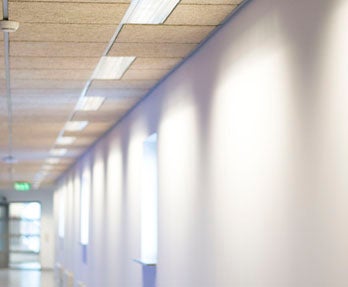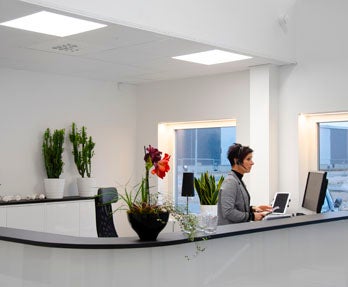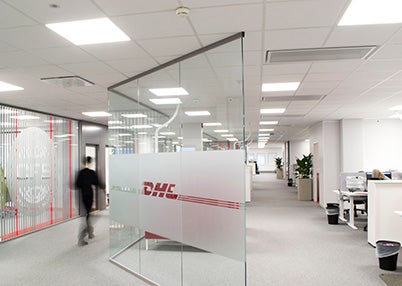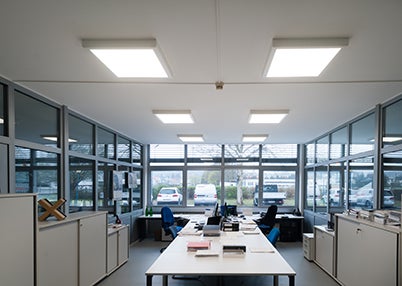To create a sustainable workplace
Energy-smart lighting in a workplace is not the same as reducing lighting. Rather the opposite. Lighting is an important piece of the puzzle in creating a pleasant and healthy work and school environment and which in the long run can reduce work-related injuries and sick leave. To invest in high-quality and well-thought-out lighting is to create optimal conditions for well-being and performance, while at the same time being an environmentally smart and energy-efficient alternative.
How does lighting affect us?
Light has a much more significant impact on our health and well-being than previously thought. With good lighting, you can easily raise employees' well-being, energy- and concentration level and reduce common problems such as headaches, tired eyes, and back pain. Not too many years ago, a new light-sensitive nerve cell was discovered in our eye that drives our internal clock and helps us maintain a good circadian rhythm. This reacts to light and in turn, regulates the production of the sleep hormone melatonin and the hormone cortisol which makes us alert. Originally, this is adapted to a life outdoors and the path of the sun, not to sit indoors in front of a computer. In other words, for this internal clock to work in the best possible way, indoor lighting should mimic the sun's light so that we can feel as good as possible and be able to feel alert, alert, and motivated all day.
Poor lighting is a common shortage in many workplaces and schools. The reason behind this is often simply ignorance and the perceived health problems are not linked to poor lighting. It may be that the lighting is too dim or insufficient, which simply makes it too dark in the room, that it is unpleasant, flickers, or misdirected, which dazzles and creates discomfort. Or the lighting may be misplaced and not adapted to the design of the room. In the long run, inadequate lighting creates several health problems, such as_
- Fatigue
- Tensions and pain in the neck and back
- Tired eyes
- Headache
- Concentration difficulties
- Stress
- Sleeping problems
Create sustainable lighting comfort
When choosing new lighting, several different factors play a role - what activities should be performed in the room, how much natural light comes into the room, what color the walls are, and how the room is designed. There are some basic rules of thumb for creating a healthy lighting environment.

Sensor-controlled lighting

Ambient light

Tunable White for high comfort





